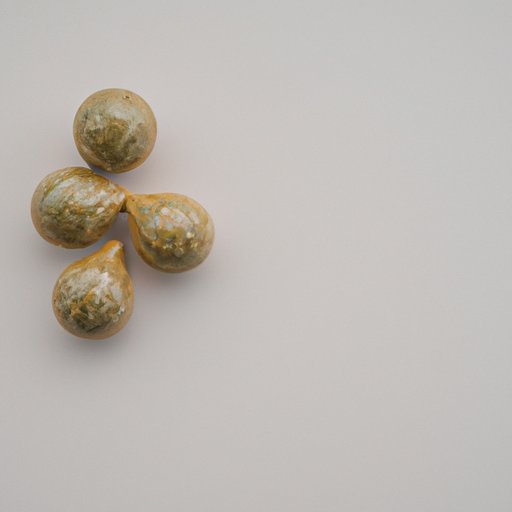
I. Introduction
Often affecting women, a prolapse can be a frustrating and uncomfortable condition. It occurs when the organs of the pelvic region, such as the bladder or uterus, droop or fall out of place. While surgery might seem like the only option to correct such a problem, there are non-surgical approaches that can resolve the issue. This article will cover alternative methods to alleviate prolapse symptoms.
II. Pelvic Floor Exercises
Pelvic floor exercises, also known as Kegel exercises, can effectively strengthen the muscles supporting the pelvic organs and alleviate prolapse symptoms. These exercises can be performed discreetly at any time of the day. Ensure that your bladder is empty before starting.
Instructions:
- Locate the muscles that are used to control urination.
- Tighten those muscles, hold for five seconds, then relax for five seconds.
- Repeat ten to fifteen times, three times a day.
Remember to be consistent with these exercises to get the best results.
III. Pessaries
A pessary is a medical device that can be placed in the vagina to support the pelvic organs and alleviate prolapse symptoms. It is available in different shapes and sizes, and it’s important to find the one that’s most suitable for your body. It’s also important to know how to insert and remove a pessary properly to avoid any complications.
Instructions:
- Clean your hands and the pessary thoroughly before use.
- Place the pessary in a comfortable position inside the vagina.
- If there is any discomfort, remove the pessary and try reinserting it again.
- Remove the pessary at least once a week to clean it.
Using a pessary can be a beneficial alternative to surgery, especially for those who cannot undergo surgery or choose not to.
IV. Diet and Weight Management
A healthy diet and maintaining a healthy weight can contribute significantly towards reducing prolapse symptoms. Some dietary recommendations that can help include:
- Increase fiber intake to prevent constipation.
- Avoid heavy lifting and straining.
- Stay hydrated to maintain urinary tract health.
- Limit caffeine intake as it can cause bladder irritation.
- Increase intake of calcium-rich foods to strengthen bones and muscles.
Even modest weight loss can contribute to the improvement of prolapse symptoms as excess weight can place unnecessary strain on the pelvic region.
V. Physical Therapy
Pelvic floor physical therapy can be a useful remedy for individuals suffering from prolapse. This type of therapy involves targeted exercises aiming at strengthening the muscles of the pelvic floor.
Techniques that can be used include:
- Biofeedback therapy, which can help you understand how to contract and relax your muscles.
- Electrical Stimulation, where mild electrical currents are sent to the pelvic muscles to activate them.
- Massage therapy, which uses therapeutic massage to alleviate tightness in the muscles.
It is recommended to seek guidance from a professional physical therapist with expertise in pelvic floor rehabilitation as self-attempting such techniques can cause damage.
VI. Acupuncture
Acupuncture has been linked with increased pelvic floor strength. It is a complementary therapy that utilizes small, sterile needles to stimulate specific points of the body, stimulating the release of the body’s own natural painkillers.
What to expect during an acupuncture session:
- A licensed professional will use sterile needles to target specific areas of the body.
- The needles will remain inserted for anywhere from several minutes to an hour.
- You may feel sensations such as tingling, itching, or numbness during the session.
Acupuncture should always be performed by a licensed practitioner and not attempted on one’s own.
VII. Herbal Supplements
Certain herbs and supplements have traditionally been used to alleviate prolapse symptoms.
Some of the beneficial supplements include:
- Red clover, which has plant estrogen that supports overall women’s health.
- Dong Quai, an herb shown to promote healthy blood circulation in the pelvic area.
- Vitamin D, shown to support bone health.
- Magnesium, which can help prevent constipation.
While these supplements have shown to be effective in improving prolapse symptoms, it is crucial to consult with a healthcare provider to ensure that there is no interference with any other medications or underlying illnesses.
VIII. Conclusion
While surgery can be the standard approach to treat a prolapse, there are alternative ways to address the situation without going under the knife. Pelvic floor exercises, pessaries, diet, physical therapy, acupuncture, and herbal supplements can all be helpful ways to alleviate prolapse symptoms. It is important to remember that consulting with a healthcare provider is essential before attempting any of these methods, and being proactive is key to keep this issue from progressing.





